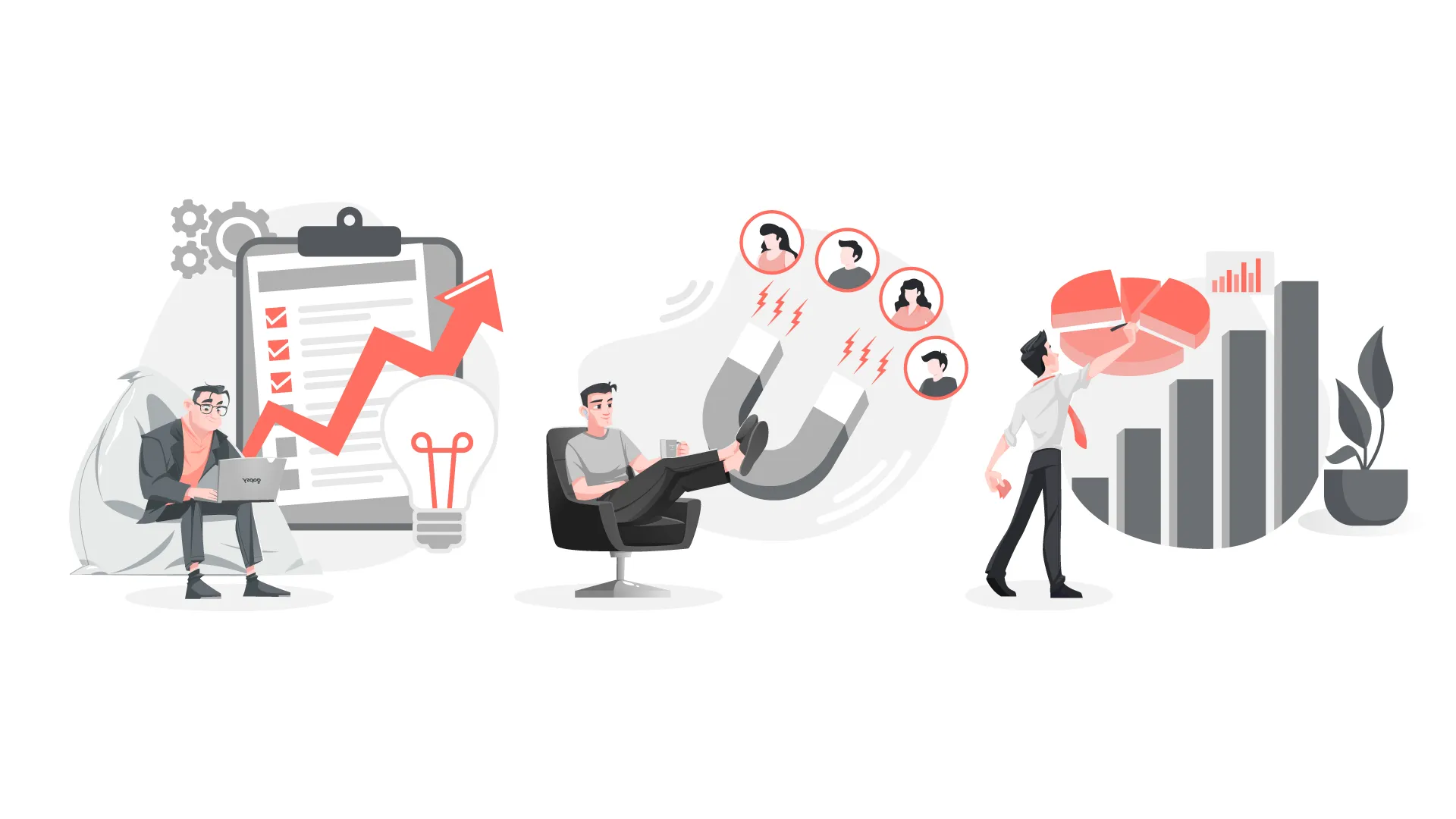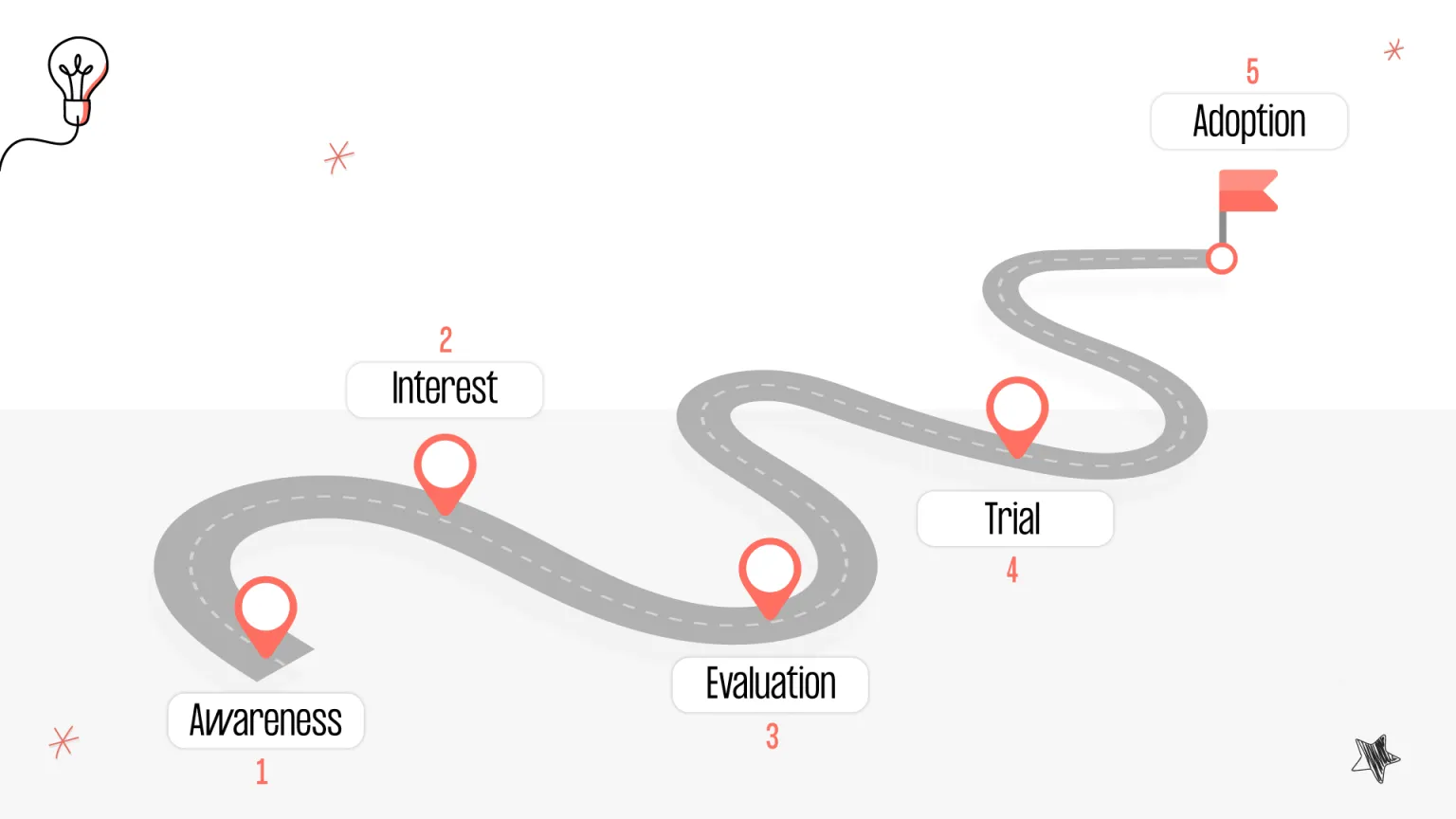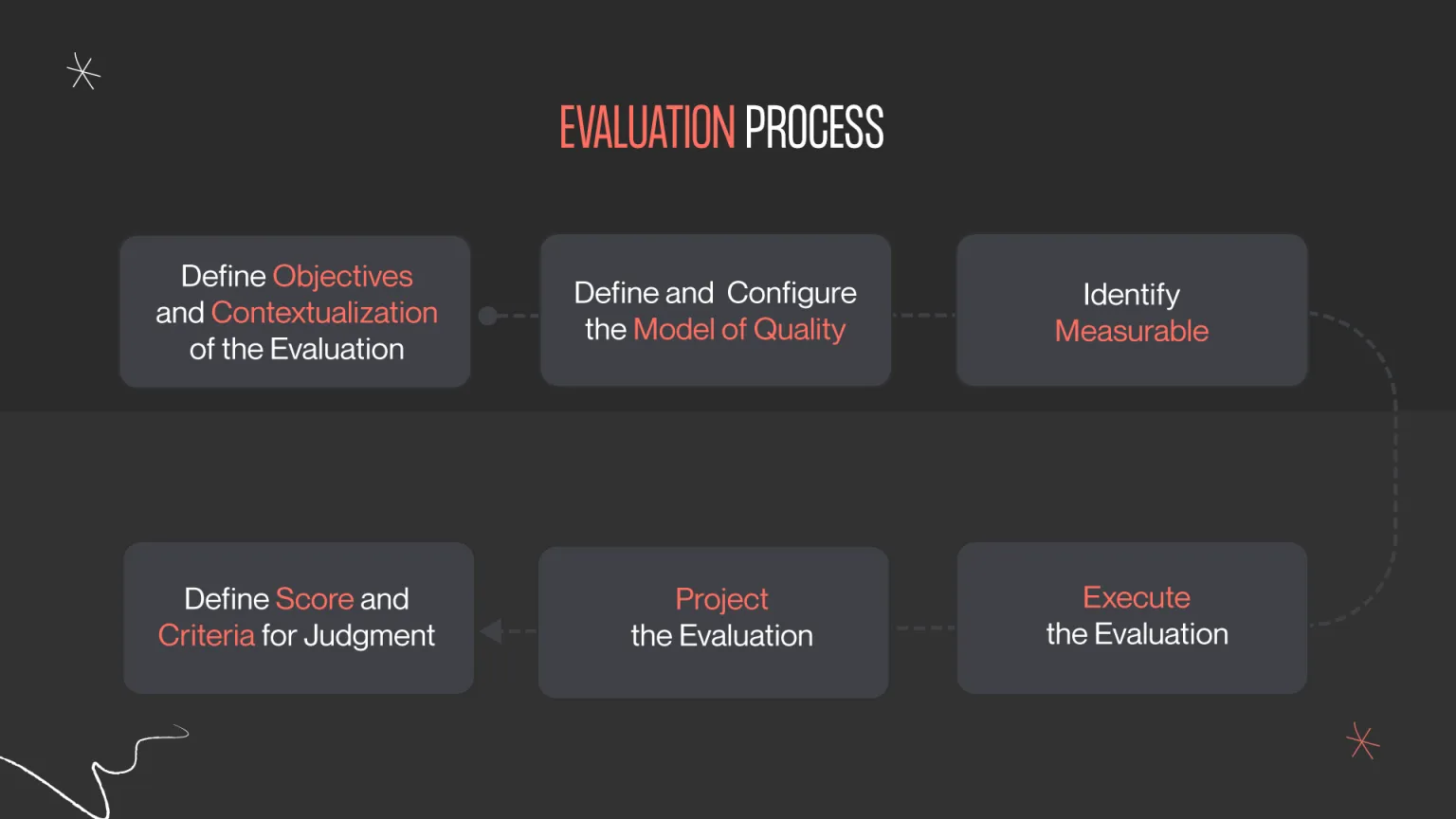The main task when creating any product is not just to make it intuitive and useful (although these two aspects certainly affect a lot of indicators), but to create products that people will use!
Product adoption is one of the most critical business goals. If your product is accepted, you will build a customer base and position yourself in the market. A product adoption process marks the transition from being an unknown and alien product to being used and welcomed by users. In this article, we offer you a guide on correctly introducing your project to the market so that your potential users become your customers forever.





